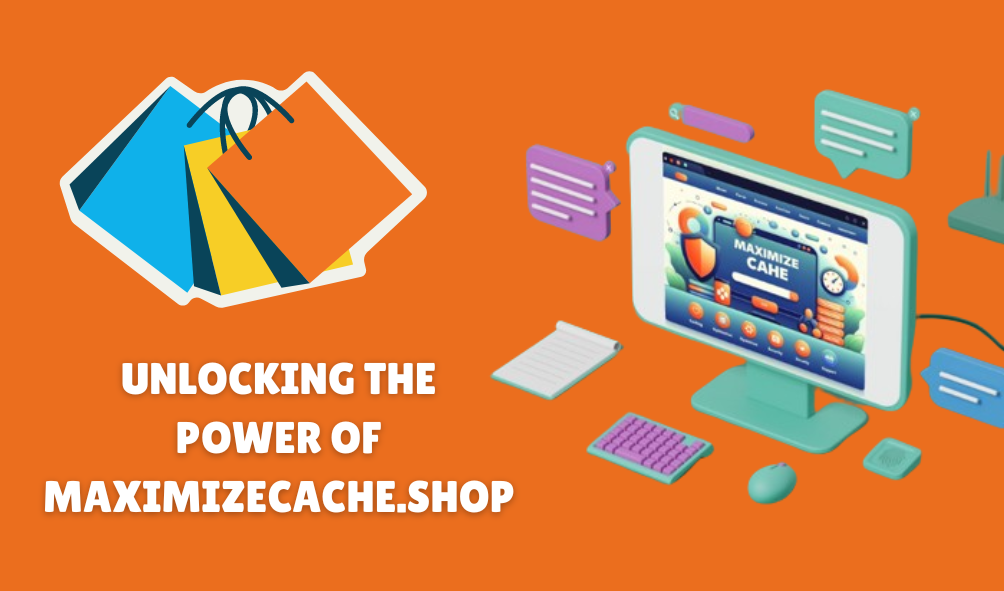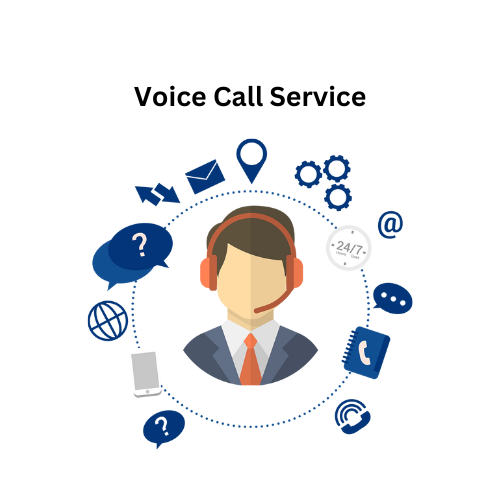-
Table of Contents
“Empowering Every Student: Unlocking Potential through Inclusive Education”
Inclusive education refers to the practice of providing equal opportunities and support for students with disabilities within mainstream educational settings. It aims to ensure that all students, regardless of their abilities or disabilities, can fully participate in and benefit from the educational experience. To achieve this, various strategies and approaches are employed to support students with disabilities, including the provision of appropriate accommodations, modifications, and specialized instruction. These strategies aim to create an inclusive and supportive learning environment that promotes the academic, social, and emotional development of all students.
Effective Classroom Adaptations for Students with Disabilities
Inclusive education is a philosophy that promotes the idea that all students, regardless of their abilities or disabilities, should be educated together in the same classroom. This approach recognizes the value of diversity and aims to create an environment where every student feels included and supported. However, in order to effectively implement inclusive education, teachers need to be equipped with strategies and adaptations that can support students with disabilities in the classroom.
One of the key strategies for supporting students with disabilities is providing effective classroom adaptations. These adaptations can help create an inclusive learning environment where all students can thrive. There are several effective adaptations that teachers can implement to support students with disabilities.
Firstly, teachers can provide visual supports to assist students with disabilities in understanding and following instructions. Visual supports can include visual schedules, visual cues, and visual aids. These supports can help students with disabilities better comprehend and remember information, as well as provide them with a visual reference to refer back to when needed.
Another effective classroom adaptation is the use of assistive technology. Assistive technology refers to any device or tool that helps individuals with disabilities perform tasks that they would otherwise have difficulty completing. In the classroom, assistive technology can include devices such as text-to-speech software, speech-to-text software, and specialized keyboards. By providing students with disabilities access to assistive technology, teachers can help level the playing field and enable these students to fully participate in classroom activities.
Modifying assignments and assessments is another important classroom adaptation for students with disabilities. Teachers can make accommodations to assignments and assessments to ensure that students with disabilities can demonstrate their knowledge and skills. This can include providing extra time, allowing the use of assistive technology, or modifying the format of the assignment or assessment. By making these modifications, teachers can ensure that students with disabilities are not at a disadvantage and can showcase their abilities.
In addition to these adaptations, teachers can also implement inclusive teaching strategies that benefit all students, including those with disabilities. For example, using differentiated instruction can help meet the diverse needs of students in the classroom. This approach involves tailoring instruction to match the learning styles, abilities, and interests of individual students. By differentiating instruction, teachers can ensure that all students, including those with disabilities, are actively engaged and able to learn at their own pace.
Collaboration and communication are also essential in supporting students with disabilities in the classroom. Teachers can work closely with special education teachers, support staff, and parents to develop individualized education plans (IEPs) for students with disabilities. These plans outline specific goals, accommodations, and strategies to support the student’s learning and development. Regular communication and collaboration with all stakeholders involved can help ensure that students with disabilities receive the necessary support and resources to succeed in the inclusive classroom.
In conclusion, effective classroom adaptations are crucial for supporting students with disabilities in inclusive education settings. By providing visual supports, utilizing assistive technology, modifying assignments and assessments, implementing inclusive teaching strategies, and fostering collaboration and communication, teachers can create an inclusive learning environment where all students can thrive. It is important for teachers to continuously seek professional development and stay informed about best practices in inclusive education to ensure that they are equipped with the necessary strategies and adaptations to support students with disabilities effectively.
Promoting Inclusion through Universal Design for Learning
Inclusive education is a concept that aims to provide equal opportunities for all students, including those with disabilities. It is based on the belief that every student has the right to access quality education and be included in the regular classroom setting. To achieve this, educators need to employ various strategies that promote inclusion and support students with disabilities.
One effective strategy for promoting inclusion is Universal Design for Learning (UDL). UDL is an approach that focuses on creating flexible learning environments that can accommodate the diverse needs of all students. It involves providing multiple means of representation, expression, and engagement to ensure that every student can access and participate in the learning process.
One way to implement UDL is by using different instructional materials and methods. For example, teachers can provide information in various formats, such as text, audio, or video, to cater to different learning styles. They can also use different teaching strategies, such as hands-on activities, group work, or individual projects, to engage students with different abilities and preferences.
Another important aspect of UDL is the use of assistive technology. Assistive technology refers to tools and devices that help individuals with disabilities overcome barriers and perform tasks more independently. In the context of inclusive education, assistive technology can be used to support students with disabilities in their learning and participation.
For example, students with visual impairments can benefit from screen readers or Braille displays that convert text into speech or Braille. Students with hearing impairments can use captioning or sign language interpreters to access auditory information. Students with physical disabilities can use adaptive devices, such as specialized keyboards or switches, to interact with computers or other learning materials.
In addition to instructional materials and assistive technology, UDL also emphasizes the importance of creating a supportive and inclusive classroom environment. This includes fostering positive relationships among students, promoting collaboration and teamwork, and encouraging respect and empathy for others.
Teachers can create a sense of belonging and acceptance by implementing inclusive practices, such as peer tutoring or cooperative learning. They can also promote social and emotional development by teaching empathy, conflict resolution, and self-advocacy skills. By creating a safe and inclusive classroom environment, students with disabilities can feel valued and supported, which can enhance their learning and overall well-being.
Furthermore, UDL recognizes the importance of ongoing assessment and feedback to inform instruction and support student progress. Teachers can use a variety of assessment methods, such as portfolios, projects, or performance-based assessments, to evaluate student learning. They can also provide timely and constructive feedback to help students improve their skills and understanding.
In conclusion, promoting inclusion through Universal Design for Learning is a powerful strategy for supporting students with disabilities in the regular classroom setting. By providing multiple means of representation, expression, and engagement, using assistive technology, creating a supportive classroom environment, and implementing ongoing assessment and feedback, educators can ensure that every student has equal opportunities to learn and succeed. Inclusive education is not only a legal and ethical obligation but also a way to foster diversity, promote social justice, and prepare students for a diverse and inclusive society.
Collaborative Approaches for Supporting Students with Disabilities in Inclusive Settings
Inclusive education is a philosophy that promotes the idea that all students, regardless of their abilities or disabilities, should be educated together in the same classroom. This approach recognizes the value of diversity and aims to create an environment where every student feels included and supported. However, implementing inclusive education can be challenging, especially when it comes to supporting students with disabilities. In this article, we will explore some strategies for effectively supporting these students in inclusive settings.
One of the key strategies for supporting students with disabilities in inclusive settings is collaboration. Collaboration involves working together with various stakeholders, including teachers, parents, and specialists, to develop and implement individualized plans for students. By pooling their expertise and resources, these stakeholders can create a supportive and inclusive learning environment that meets the unique needs of each student.
Collaboration can take many forms, such as co-teaching, where a general education teacher and a special education teacher work together to deliver instruction. This approach allows for differentiated instruction and ensures that students with disabilities receive the support they need while still being included in the general education classroom. Co-teaching also benefits all students by providing a wider range of instructional strategies and perspectives.
Another collaborative approach is the use of support teams. Support teams consist of professionals from different disciplines, such as special education teachers, speech therapists, and occupational therapists, who work together to address the diverse needs of students with disabilities. These teams meet regularly to discuss student progress, share strategies, and make adjustments to instructional plans as needed. By working collaboratively, support teams can provide comprehensive and coordinated support to students, ensuring that their needs are met in all areas of their education.
In addition to collaboration, another strategy for supporting students with disabilities in inclusive settings is the use of assistive technology. Assistive technology refers to any device or tool that helps individuals with disabilities to perform tasks that they would otherwise have difficulty completing. This can include anything from simple tools like pencil grips or visual aids to more complex devices like communication boards or computer software. By providing students with access to assistive technology, educators can empower them to participate fully in the classroom and overcome barriers to learning.
Furthermore, it is essential to create a positive and inclusive classroom culture that values diversity and promotes acceptance. This can be achieved through the implementation of inclusive practices, such as peer support programs or cooperative learning activities. Peer support programs pair students with disabilities with their peers who act as mentors and provide assistance when needed. This not only helps students with disabilities feel supported but also fosters empathy and understanding among all students.
Cooperative learning activities, on the other hand, promote collaboration and teamwork among students. By working together on group projects or problem-solving tasks, students learn to appreciate each other’s strengths and contributions, regardless of their abilities or disabilities. These activities also provide opportunities for students to develop social skills and build relationships with their peers.
In conclusion, supporting students with disabilities in inclusive settings requires collaborative approaches that involve various stakeholders working together to meet the unique needs of each student. By collaborating, using assistive technology, and creating a positive and inclusive classroom culture, educators can ensure that all students, regardless of their abilities or disabilities, have the opportunity to thrive and succeed in an inclusive education environment.In conclusion, implementing inclusive education strategies is crucial for supporting students with disabilities. These strategies involve creating a welcoming and accessible learning environment, providing individualized support and accommodations, promoting collaboration and peer interaction, and fostering a culture of acceptance and understanding. By embracing inclusive education, schools can ensure that all students have equal opportunities to learn, grow, and succeed.







